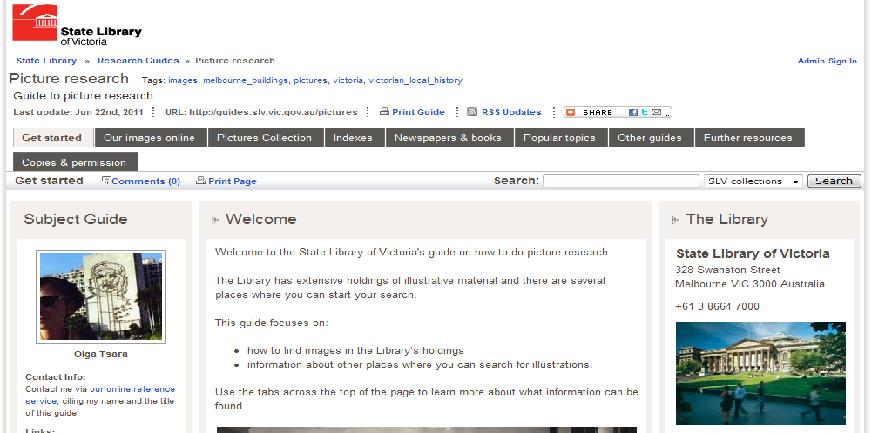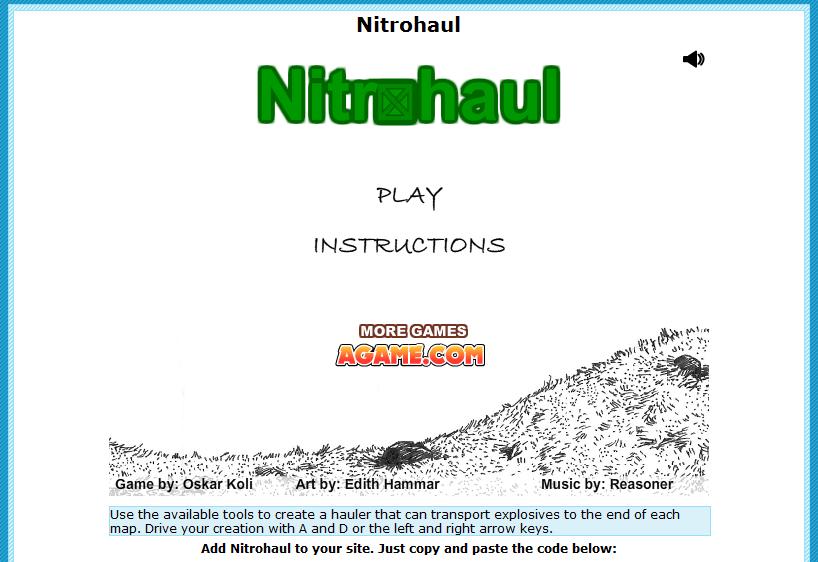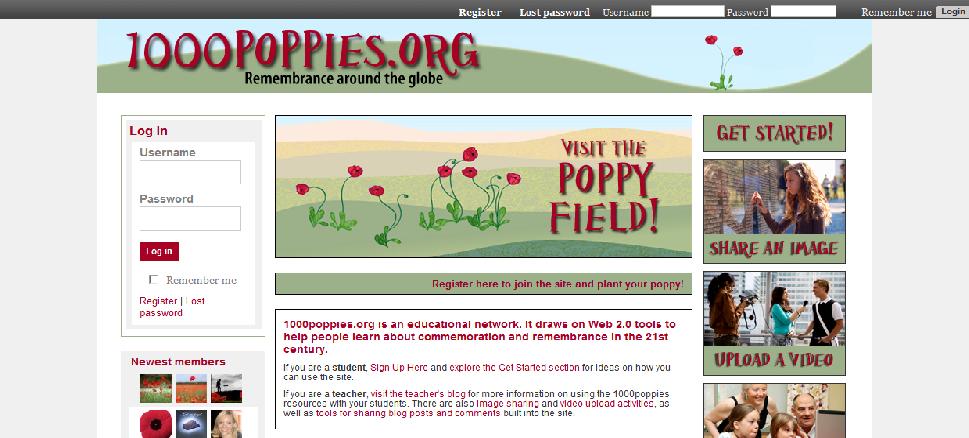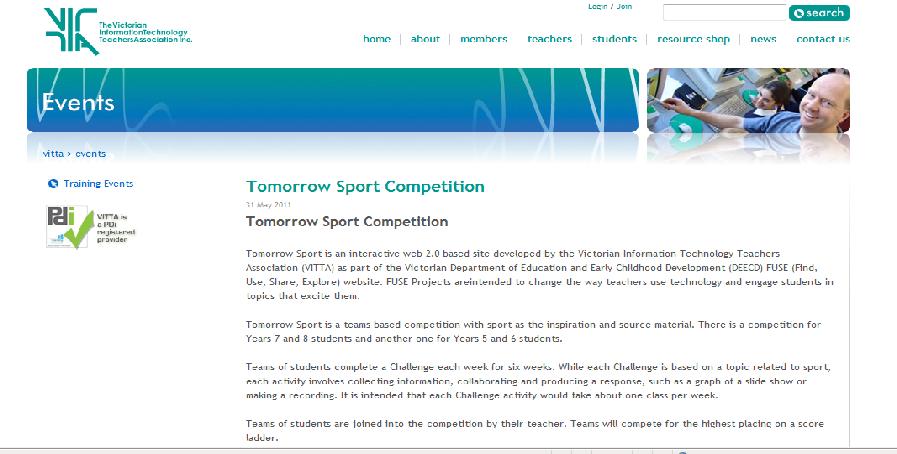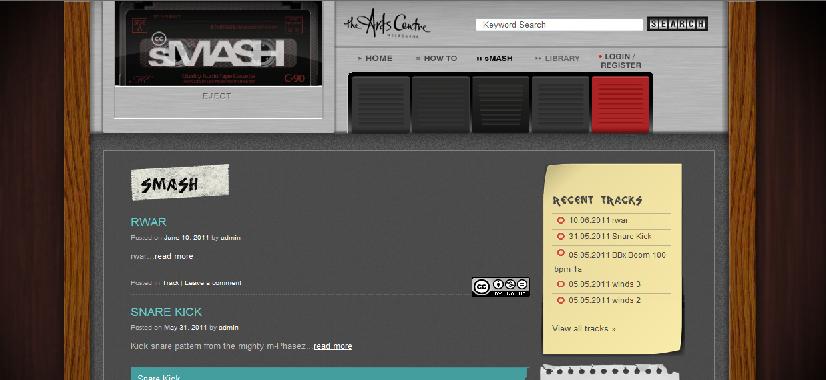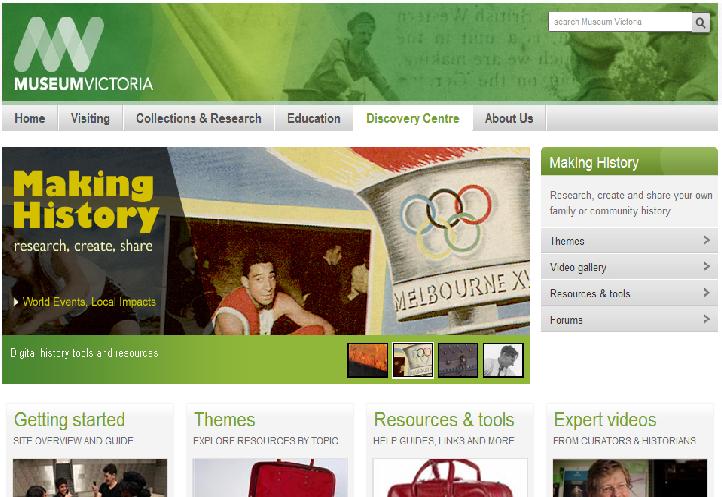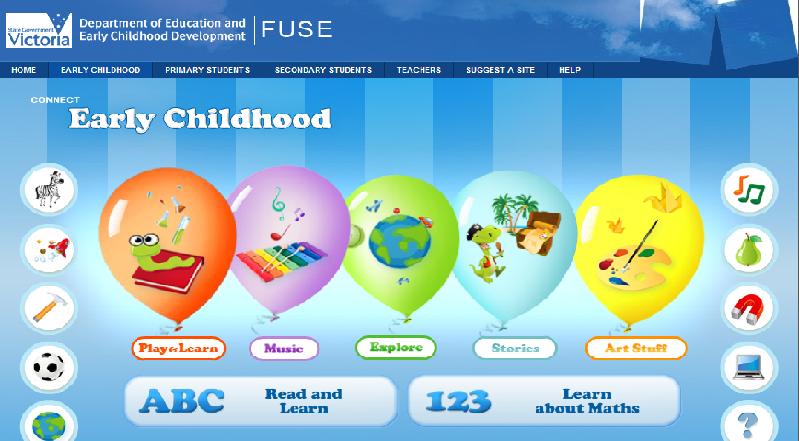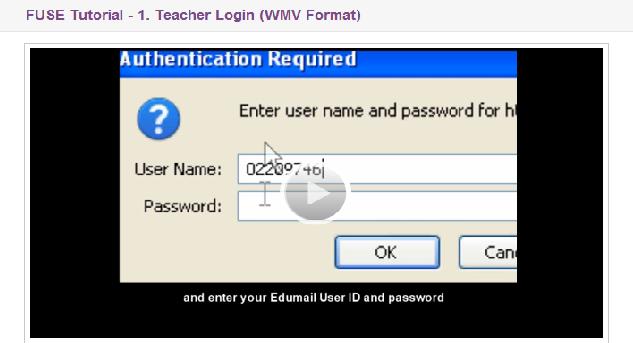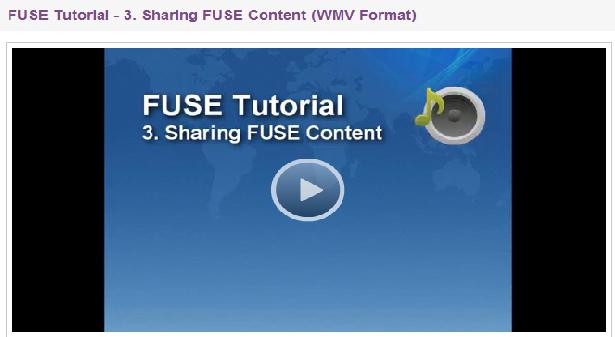If you haven’t heard of this yet, have a good look. Super Action Comic Maker is where students make their own comic story. It is especially great for art and english classes. Students can create a plot before going onto the comic maker, using words to describe what happens. Once they have logged into Super Action Comic Maker, they can add the images. The comic maker is part of a larger site called ArtisanCam, a fantastic site full of ideas to use in art class.
Category Archives: Teaching resources
New research guides at SLV
State Library of Victoria provides research guides on their website that aid research on specific topics. Two new ones have recently been created. Victoria’s early history, 1803-1851 is a research guide that details Victoria’s early history, using published history and documents, including the library’s collection of Port Phillip papers, maps, and pictures. The other research guide is Picture research. Picture research focuses on how to find images in the Library’s holdings, and information about other places you can search for pictures. SLV has extensive holdings of illustrative materials. Whether educators use this in their own research on topics, or get their more senior classes examining the research guides, they are well worth investigating.
What are they playing in June?
TED Conversations
TED has a new platform for sharing ideas: Conversations. It is a space where, once registered, you can join or start a conversation that will belong to the category of ‘ideas’, ‘questions’, or ‘debates’. This platform provides students with access to a global community. A student could question this global community on how they deal with bullies, or receive feedback on an idea, or start a debate with hundreds of people from around the world on whether women should be on the frontline. Registration is free.
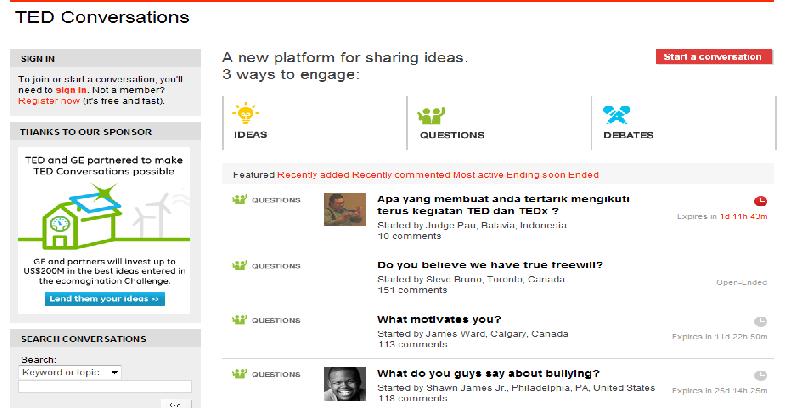
FUSE learning resource: 1000Poppies
1000Poppies has been created by History Teachers’ Association of Victoria, Shrine of Remembrance, Melbourne, and DEECD. It is a place where students from around the world can share their feelings, experiences, and stories about war. Students are able to use historical research and interviews with key stakeholders of Remembrance Day. The site aims to increase student appreciation of war and their participation in acts of commemoration.
You can register as an individual on the site, or register a class (suitable for Levels 3-6 VELS and VCE history). Teachers, there is a teacher’s blog where you can get information on how to use 1000Poppies with your students. You are also able to share images and videos, and contribute to the discussion of groups around the world.
Visit the Poppy Field, where people plant their poppy and leave a message when registering to the site.
FUSE learning resource: Tomorrow Sport
Tomorrow Sport is a competition by Victorian Information Technology Teachers Association (VITTA), for primary schools (grades five and six) and secondary schools (years seven and eight). It is a team-based competition with sport as the inspiration and source material. The teams complete the challenge over a six week period (approximately one class per week), developing numeracy, literacy, social and personal development, citizenship, and collaborative and cooperative learning skills along the way. Each challenge involves collecting data from the activity and uploading a response to the Tomorrow Sport website. The first version is based on AFL, and the material you would be provided with includes links to curriculum standards and rubrics. If you are interested in being part of the competition, contact VITTA Project Officer Paul Wright (Paulw@vitta.org.au), and pass this information on to any teachers who may be interested, such as the PE staff.
FUSE learning resource: CC sMash
CC sMash, created by The Arts Centre, will be released on August 18th and will allow students to create, attribute, and share their own audio work, while learning about using material correctly via the creative commons open license framework. The creative commons site provides a library of sound from which to create your mashups. This site is a must to show to your school’s music teachers and ICT teachers, who can start planning to bring their students plenty of fun mixed with learning.
FUSE learning resource: Making History: Research, Create and Share
Making History: Research, Create and Share is a resource that has been developed by Museum Victoria. The site provides teachers and students with the resources they need to research, plan, create and share community digital histories. This is a fantastic resource for a local history project or a family history assignment. As part of the resources and tools, you are given access to videos offering advice from experts such as historians and curators, and you have access to the forum. If you are not sure what to base an assignment on, there are a list of themes, which allow you to explore resources by topic, such as ‘Living with natural disasters’, ‘World events, local impacts’, and ‘Migration and cultural identity’.
FUSE (Find/Use/Share/Education)
FUSE is the DEECD’s (Department of Education and Early Childhood Development) centralised portal of online teaching and learning resources for Victorian schools. Teachers and students can search, share, and create learning experiences that use web 2.0 technologies.
All content on the site has been checked for unsuitable material, and is quality assured. The portal has search pages for Early Childhood, Primary Students, Secondary Students, and Teachers. They are appealing to their intended audience and are easy to navigate, such as the Early Childhood page below:
FUSE can be looked at and searched by anyone. However, if you are a Victorian teacher you can login to FUSE. Below is a video created by FUSE that explains the benefits of this:
By logging in, FUSE becomes a workspace where educators can create resource packages that their class, or anyone, can view 24/7. A resource package created for a particular assignment would have the assignment sheet, an assessment rubric, subject weblinks, and any other relevant material in it. Below is a video by FUSE that explains how to share the packages:
Selected organisations have created learning resources that are shared on FUSE. They are designed to connect students, teachers, and educational communities. The features of the new 2010-2011 resources include:
- ‘intuitive web based graphic interfaces
- blog and wiki spaces
- gaming and simulation scenarios
- social networking opportunities
- interactivity
- mobile and phone applicaitons
- virtual worlds’.
These resources are fantastic, and next week Bright ideas will be looking at some of the best of them.
Facebook for Educators
Facebook for Educators has been developed to provide educators with an overview of how to use Facebook effectively for teaching and learning, with a strong focus on safety and digital citizenship. The authors are professionals who have been asked by Facebook to be the bridge between the social networking tool and educators. The site covers everything from developing your school’s policy about Facebook use, to providing ideas for professional development, and suggesting communities where you can share your experiences of using Facebook in the classroom. Although the site has an agenda, they do a great job of reminding educators the need to embrace the learning styles of the 21st century student.


